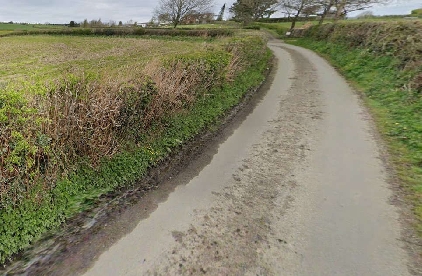
Younger people avoided Shropshire’s A&E departments in larger numbers than other age-groups during the coronavirus pandemic, according to a report.
Clinical Commissioning Group chiefs say the emergency department at the Royal Shrewsbury Hospital is “showing much stronger levels of recovery back to pre-Covid-19 levels” than its counterpart at Telford’s Princess Royal Hospital, but both are seeing the “case mix” demographic shift.
A report by CCG Performance Director Julie Davies and Executive Director of Quality Zena Young says 221 patients across county waited more than a year for non-emergency treatment – the target is zero – but says performance treating cancer patients has “generally held up well” during the pandemic, as their cases have been given priority.
Dr Davies and Mrs Young write that the Shrewsbury and Telford Hospital NHS Trust “remains the most challenged provider and cause for concern” within the county’s health system, and says the improvement alliance with the University Hospitals Birmingham NHS Foundation Trust, announced last month, will “further support and develop the quality and performance issues”.
The Shropshire CCG and Telford and Wrekin CCG joint governance board will discuss their report when it meets remotely on Wednesday, September 9.
Across SaTH’s hospitals throughout April, May or June, 81.4 per cent of patients arriving at A&E were admitted, discharged or transferred within four hours, it says. The England-wide target is 95 per cent.
The report authors write: “There is a clear difference in levels of activity between RSH and PRH sites, with the former showing much stronger levels of recovery back to pre-Covid-19 levels. This applies for both A&E attendances and ambulance conveyances.
“At both sites it is the younger age groups where the majority of the reduction in activity during Covid-19 occurred and it is this section of the population which is still showing the lower levels of activity. This is thought to be contributing to a change in the case mix of patients admitted from A&E.”
The number of people waiting less than 18 weeks from referral to treatment was 53.3 per cent in Shropshire and 58.2 per cent in Telford and Wrekin, compared to a national target of 92 percent, while 133 and 88 patients waited more than a year. The target is zero.
“The impact of capacity limitations arising from the need to operate social distancing rules is likely to mean increasing numbers waiting and an increase in long waits,” the report says.
“System-wide work is being undertaken to ensure patients are treated in line with clinical urgency so cancer patients and other urgent cases continue to receive necessary treatment.”
All cancer patients identified as needing surgery in Telford and Wrekin received it within 31 days, while 86.7 per cent did in Shropshire. Other cancer treatments were given within 62 days for 70.3 per cent of Shropshire patients and 63.8 per cent in Telford and Wrekin. The target is 90 per cent.
“Cancer performance has generally held up well during the Covid-19 crisis as priority has been given to cancer patients,” the report says.
“The expectation is for levels of performance to continue to improve over the next few months.”

 Revealed: The main roads in Herefordshire prioritised for repairs
Revealed: The main roads in Herefordshire prioritised for repairs
 Villagers fustrated over lack of road repairs
Villagers fustrated over lack of road repairs
 New Food and Drink group launched at online event
New Food and Drink group launched at online event
